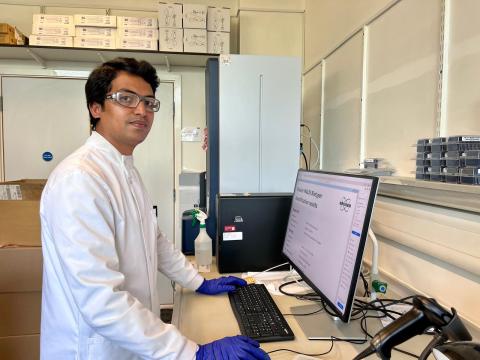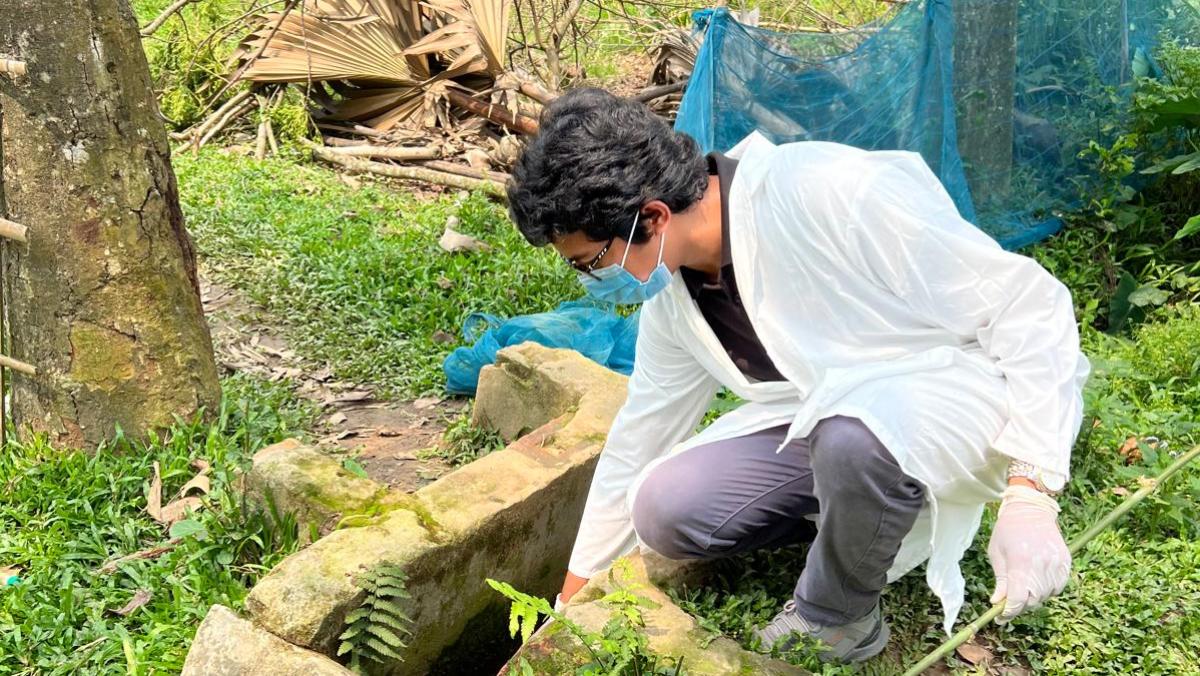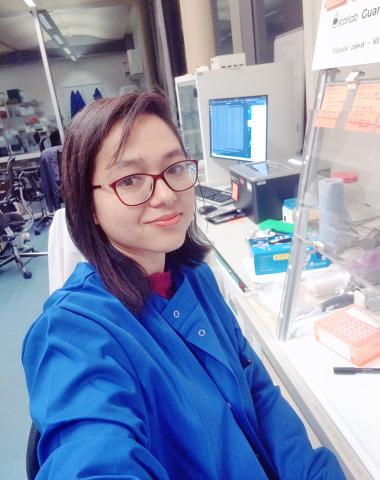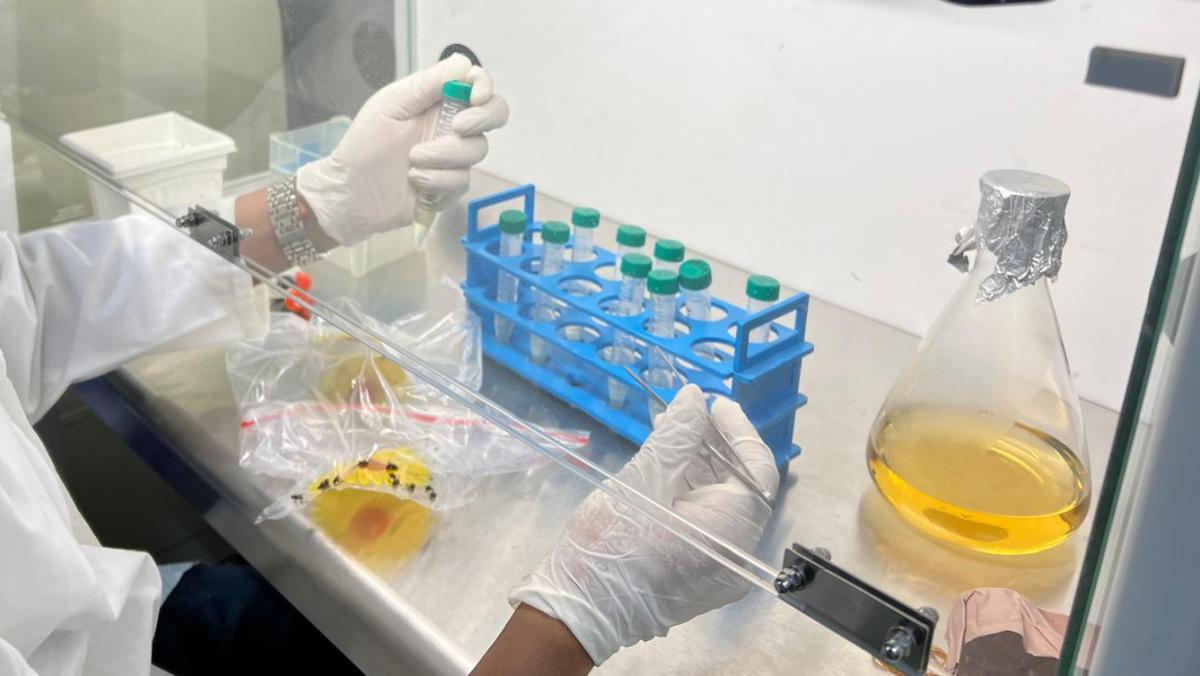Mymensingh Medical College Hospital is one of Bangladesh's largest teaching hospitals, treating thousands of patients daily across specialties from cardiology and neurosurgery to paediatrics and respiratory medicine. But antibiotic-resistant infections now pose a growing threat to patient recovery—including vulnerable newborns.
As bacterial infections become increasingly difficult to treat with antibiotics, low- and middle- income countries (LMICs) such as Bangladesh carry a disproportionate share of the burden. Despite this, most of our understanding of AMR comes from data gathered in high-income countries.
To help change that, DPhil students Saifur Rahman and Amrita Pondit have led a critical surveillance project by collecting and studying a large dataset of local bacterial samples to help strengthen scientific research in the area.
We have studied samples from different areas around the Mymensingh Medical College Hospital in Bangladesh to understand how human health, animal health, and the environment are interlinked when tackling AMR. We’re particularly looking at areas like poultry farms and communities, to see how multi-drug-resistant bacteria spread between these sites and the hospital.

They collected bacterial samples from five key sites: the hospital and four surrounding areas to the north, south, east, and west. Over 16 months, they returned at regular intervals to capture seasonal patterns in how bacteria spread and evolve.
The result is a collection of over 2,800 isolates - pure cultures of bacteria grown from samples - that can be added to the National AMR Surveillance data of Bangladesh for further study.

Saifur collecting a sample from the local environment. Credit: S. Rahman
Tackling AMR across species and seasons
Saifur's study focused on Klebsiella, a bacterium normally found in human faeces that can spread into hospitals and cause life-threatening bloodstream infections. He found high rates of resistance to critical last-resort antibiotics such as carbapenem in hospital environments and colistin on farms, despite colistin being banned for animal use since 2019.
I observed greater recovery rates of Klebsiella during warmer or rainier seasons, and found more potential bacterial carriers, such as flies, likely facilitated by flooding in the area. These results suggest that the environment itself can act as a reservoir for drug-resistant Klebsiella and can contribute to its dissemination into the population.

Amrita studied drug-resistant E. coli, tracking its prevalence in both humans and animals throughout the year. While she identified less seasonal variation in E. coli compared to Klebsiella, Amrita also found carbapenem resistance - on patients with wound infections, but also in the water and on flies around both farms and the hospital.
I also saw strains of E. coli resistant to tigecycline, which is an antibiotic used mostly in farms in Bangladesh. My study is among the first to show tigecycline resistance in the environment around farms, which highlights how AMR develops when antibiotic use applies selective pressure to bacteria.


Handling a sample of flies back in the lab. Credit: S. Rahman
Beyond the DPhil: next steps
Although Saifur and Amrita have come to the end of their DPhil projects at Oxford, they both believe there’s more to be found in these samples. With further study, data could be gathered on how the bacteria act in vivo, giving hospital staff crucial insights into the pathogens they face daily and ultimately improving clinical interventions.
We would like to continue our work and explore the genome of the bacteria we have gathered, so we can compare it to a global context and figure out what specifically is going on in Bangladesh.

Sustaining the effort
However, the kind of periodic surveillance work that Saifur and Amrita have done is a costly endeavour that needs consistent support. To enable scientists in LMICs to continue producing high-quality, long-term data, they argue that stronger international collaboration and dedicated funding are essential.
Without sufficient funding for AMR research in LMICs, regions like Bangladesh will be severely impacted. International organisations need to keep funding going to support local scientific research and help LMICs to keep producing their data, so they can better treat antibiotic-resistant infections.

We came to Oxford on a scholarship from Bangladesh in 2021, and have watched the IOI grow into the institution it is today. While our research has been funded by the IOI, we’ve been driven by our understanding of the real-world impact our work will have in Bangladesh. I wish more students and researchers could visit LMICs to experience what our research is for, and see the benefits of AMR surveillance first-hand.

